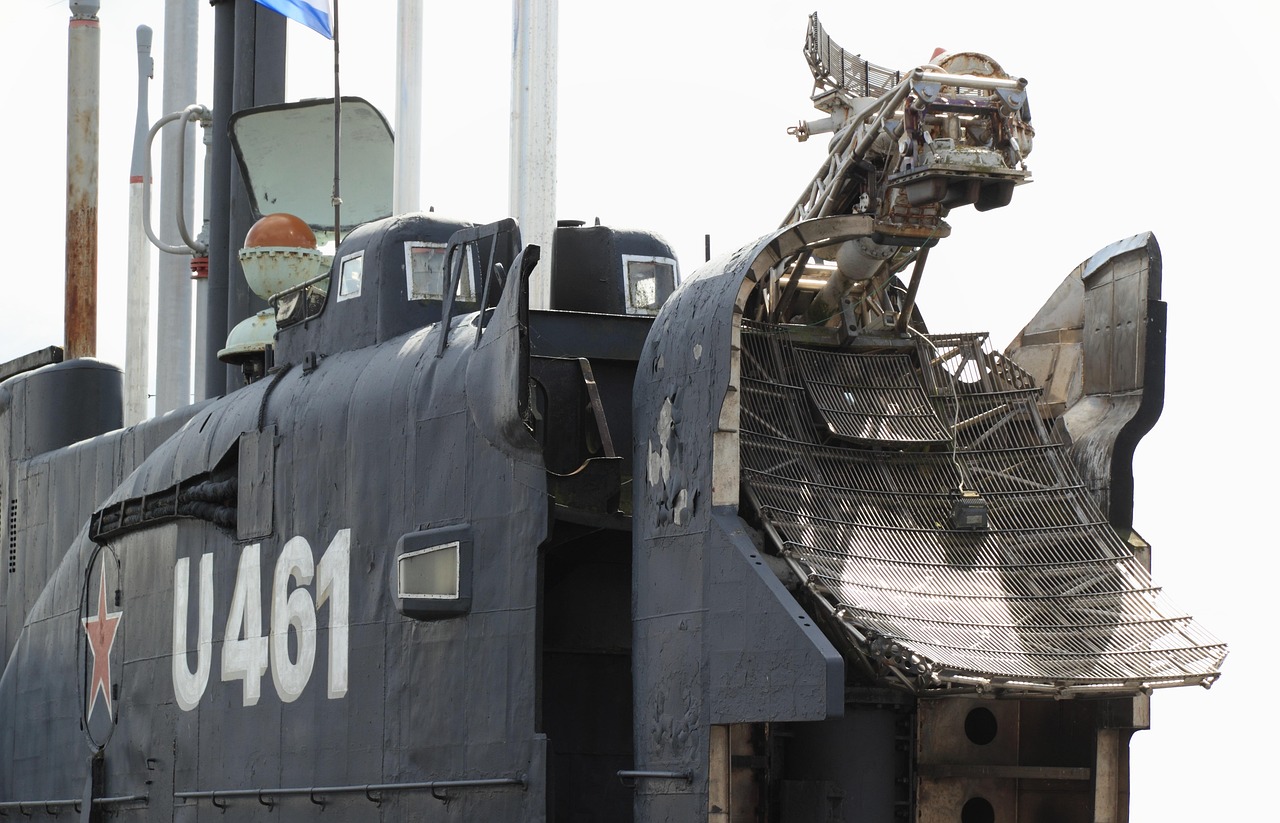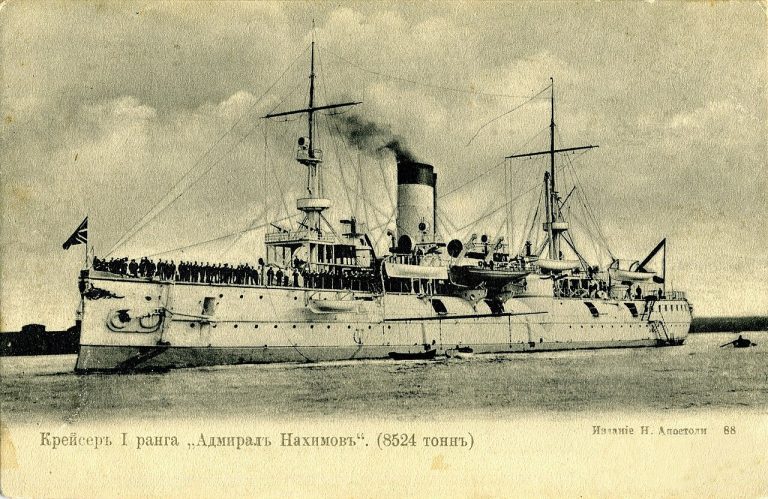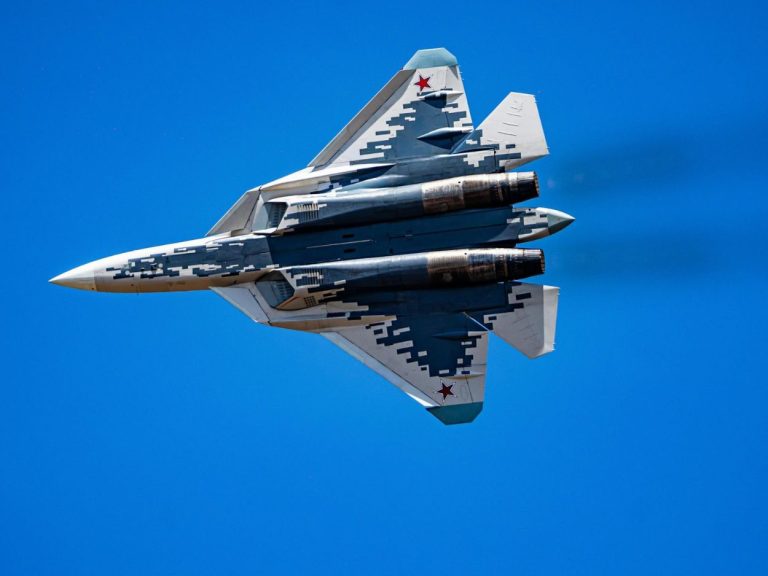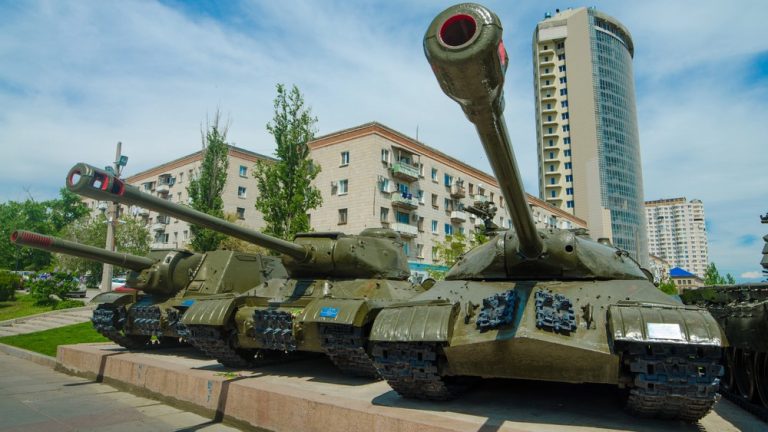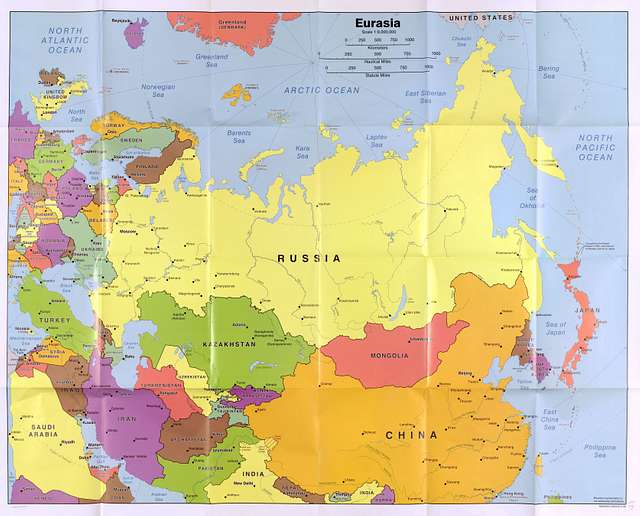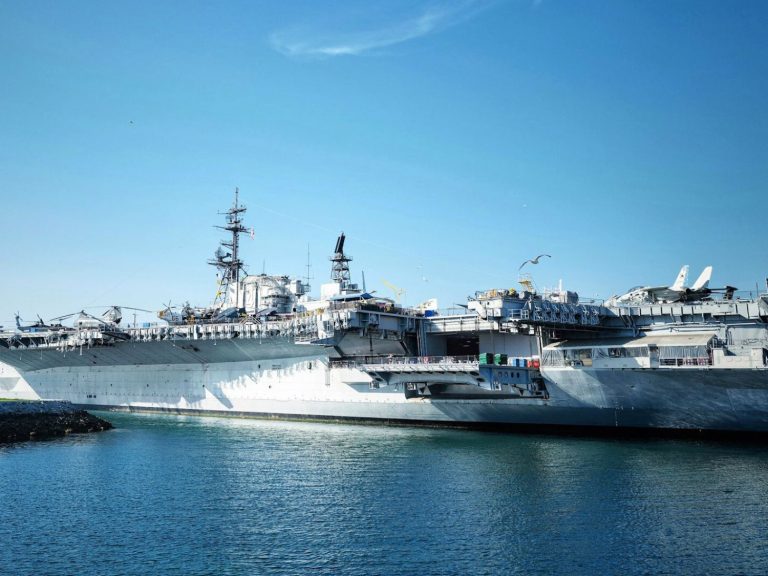As of September 2024, Russia has about 65 active submarines. These include ballistic missile, cruise missile, and attack submarines. This number is part of a larger fleet of around 370 active ships and 160,000 personnel.
The Russian Navy has a long history, starting in 1696. It was formed by Peter the Great. Today, it flies the St. Andrew’s ensign as its symbol.
The 1990s were tough for the Russian Navy. New ships were built slowly, and readiness fell. But, higher oil and gas revenues in the early 2010s helped. Now, there are plans to build more submarines and smaller ships.
The Russian submarine fleet is divided into squadrons and brigades. It has both nuclear and diesel-electric submarines. These submarines are used for defense, deterrence, and long-range strikes.
Russia’s Submarine Fleet: Current Count and Categories
The Russian military submarine fleet has about 65 boats. These include nuclear and diesel-electric submarines in the Northern and Pacific Fleets. There are also smaller groups in the Baltic and Black Sea.
Active Ballistic Missile, Cruise Missile, and Attack Submarines
About 65 submarines are considered “active.” They include SSBNs for strategic deterrence and SSGNs/SSNs for cruise-missile strikes. Diesel-electric boats handle coastal and regional tasks.
The fleet includes Borei and Delta IV SSBNs for long-range strikes. Yasen and Oscar II submarines also play a role. Improved Kilo and Lada boats patrol littoral areas.
SSBNs focus on nuclear deterrence. SSGNs and SSNs conduct surveillance and launch precision weapons. Diesel-electric submarines operate in tight seas, often in the Baltic, Black Sea, and Mediterranean.
What “Active” Means in Russian Navy Reporting
In Russia, “active” means a submarine is on the roster and serviceable. It doesn’t always mean it’s ready to sail immediately. This is why the numbers might not always reflect the actual readiness of the fleet.
Historically, more submarines were listed as active than actually deployable. The number of submarines indicates inventory status. Availability changes with crew cycles, training, and repairs.
How Nuclear and Diesel-Electric Boats Are Counted
Nuclear-powered submarines include Delta IV and Borei SSBNs, and Yasen and Oscar II SSNs/SSGNs. Diesel-electric submarines are the Improved Kilo and Lada. Some reports only count nuclear submarines, placing Russia among the leaders with about 31.
When diesel-electric submarines are included, the total number is around 65. This split view affects how the fleet is reported. Both nuclear and diesel-electric submarines are part of the Russian submarine fleet.
How Many Submarines Does Russia Have
First, let’s look at the big picture. Then, we’ll get into the details. The number of Russia’s submarines changes over time. It’s like tracking sports teams: numbers seem the same at first, but teams change with new players and injuries.
Headline Figures Cited for Russia Navy Submarines Count
Most reports say Russia has about 65 submarines in total. If we focus only on nuclear submarines, the number drops to around 31. This includes about 10 SSBNs, split between five Delta IV and five Borei classes.
These numbers are often seen in quick summaries and media reports. They give a general idea of Russia’s submarine fleet. But they don’t show the fleet’s current readiness.
Context from Russian Navy Force Listings and Open-Source Assessments
The Russian Navy is organized into different fleets. The Northern and Pacific Fleets handle deep-sea missions. The Baltic and Black Sea Fleets focus on regional tasks. This helps analysts understand the submarine count by mission and area.
There have been changes in the Russian submarine fleet over the years. New Borei-class SSBNs and Yasen-class SSGNs have joined. By early 2022, five Borei and three Yasen were in service. More were being built, along with Lada and Improved Kilo diesel-electrics. This keeps the submarine fleet strong, even as older submarines are repaired.
| Metric | All Submarines | Nuclear-Only | Notes |
|---|---|---|---|
| Common Headline Total | ~65 | ~31 | Media and defense trackers cite these rounded figures |
| SSBN Breakdown | Included in total | ~10 | Five Delta IV + five Borei frequently referenced |
| Notable New Builds (by early 2022) | Borei, Yasen, Lada, Improved Kilo | Five Borei, three Yasen in service | Additional hulls under construction |
| Primary Blue-Water Fleets | Northern, Pacific | Northern, Pacific | Core of Russian submarine fleet size for oceanic patrols |
Why Totals Vary Across Sources and Reporting Periods
What gets counted affects the total number. Some sources only count nuclear submarines. Others include diesel-electric submarines too. Some lists include submarines in repair or laid up, which can make the fleet seem bigger.
Timing also matters. Maintenance, training, and trials can mean not all submarines are ready to sail. Different trackers have different standards. Global Firepower counts all submarines, while the International Institute for Strategic Studies has stricter criteria. This leads to different views of Russia’s submarine strength each year.
Russian Submarine Fleet Size by Type and Role
Russia organizes its submarines by mission. They have strategic deterrence, long-range strike, and regional defense roles. This helps explain the number of Russian submarines often mentioned in reports.
It also shows how experts evaluate Russia’s submarine capabilities in different seas. They look at patrol routes and missions.
SSBNs: Delta IV and Borei Classes in the Nuclear Deterrent
Russia has about 10 SSBNs. These include five Delta IV and five Borei submarines. They are key to Russia’s sea-based nuclear forces in the Northern and Pacific Fleets.
The Borei class marked a big milestone in the 2010s. Yury Dolgorukiy started service in January 2013. Aleksandr Nevskiy joined in December 2013, and Vladimir Monomakh in late 2014. This mix is central to Russia’s nuclear deterrent.
SSNs/SSGNs: Yasen and Oscar II for Undersea Strike
The Yasen class is a modern nuclear submarine. By early 2022, three were in service, with more being built. The Oscar II SSGNs are also important for anti-ship and land-attack missions.
Together, these submarines are key for cruise-missile strikes and blue-water presence. They play a big role in Russia’s undersea warfare capabilities. This is important for missions beyond coastal waters.
Diesel-Electric Forces: Improved Kilo and Lada for Regional Defense
Improved Kilo and Lada submarines are good for stealthy coastal and near-sea operations. They carry land-attack cruise missiles for enclosed seas and chokepoints.
These submarines are often in the Baltic and Black Sea Fleets. They also have a presence in the Mediterranean. Their range is suited for regional missions, adding to Russia’s undersea warfare capabilities.
| Type | Representative Classes | Approximate Count | Primary Roles | Key Fleets | Notable Milestones |
|---|---|---|---|---|---|
| SSBN (Nuclear Ballistic) | Delta IV (667 BDRM), Borei (955/955A) | ~10 | Sea-based nuclear deterrent, continuous at-sea patrols | Northern, Pacific | Yury Dolgorukiy 2013; Aleksandr Nevskiy 2013; Vladimir Monomakh 2014 |
| SSN/SSGN (Nuclear Attack/Guided-Missile) | Yasen (885/885M), Oscar II | Low-to-mid teens combined | Cruise-missile strike, anti-ship, blue-water presence | Northern, Pacific | Three Yasen in service by early 2022; additional units under construction |
| Diesel-Electric | Improved Kilo (636.3), Lada (677) | Dozens across fleets | Regional defense, land-attack in theater, chokepoint control | Baltic, Black Sea, Mediterranean (forward) | Ongoing deliveries of 636.3 to Black Sea and Pacific units in the 2010s–2020s |
These categories show how Russia balances its submarine fleet. They explain the number of submarines by mission. This balance is key to Russia’s undersea warfare capabilities, from enclosed seas to the open ocean.
Production, Modernization, and Fleet Renewal Trends
After a lean post-Soviet decade, rising oil and gas revenue set the stage for a partial naval rebound. The aim was simple: rebuild deterrence with focused undersea strength. That choice shapes Russia subs statistics and the visible contours of Russian submarine fleet size today.
In 2012, President Vladimir Putin set an ambitious target for new ships and subs by 2020. Plans outran reality, but the push reset priorities. With Admiral Kuznetsov sidelined for years, leaders funneled resources into Russia naval force submarines as a cost-effective way to project power.
Post-2010 Recapitalization and New-Build Programs
Shipyards at Sevmash and Admiralty Shipyards became the workhorses of the recapitalization. Nuclear projects advanced in bursts, while diesel-electric lines moved at a steady, smaller scale. Single hulls often lingered on the blocks, a reminder of thin industrial depth and legacy gaps.
The headline pledge in 2012—51 modern ships and 24 submarines, including 16 nuclear-powered—drove contracts and kept skilled labor in place. It also hardened the metric for Russia subs statistics, which now track not just totals, but the balance between nuclear and conventional builds shaping Russian submarine fleet size.
Borei-Class and Yasen-Class Additions to the Order of Battle
The Borei SSBN program delivered its first wave: Yury Dolgorukiy in 2013, followed by Aleksandr Nevskiy and Vladimir Monomakh through 2014. By early 2022, the roster included five Borei boats, while Yasen attack submarines reached three in service, with Yasen-M variants in the pipeline.
Diesel-electric output continued with Improved Kilo and the newer Lada design, adding quiet, regional reach. These steps shifted Russia naval force submarines toward a leaner, more modern core—an arc visible in Russia subs statistics and in how analysts now size the strategic and attack mix within Russian submarine fleet size.
Impact of Budget, Industry Capacity, and Sanctions on Deliveries
Budget swings, aging yards, and stretched supply chains slowed deliveries. Some boats spent a decade or more in construction, echoing the long path of the Akula-class Nerpa. After 2014, sanctions cut access to Western systems, extending timelines and forcing domestic replacements.
France’s canceled Mistral deal signaled broader friction across the fleet plan. Even so, leadership kept submarines at the front of the line, arguing they offered the best return per ruble. That priority keeps Russia subs statistics focused on subs over carriers and refines expectations for Russian submarine fleet size within Russia naval force submarines.
| Program | Notable Milestones (2010–2022) | Role in Fleet Renewal | Key Constraints |
|---|---|---|---|
| Borei SSBN (incl. Borei-A) | First in service 2013; five operational by early 2022; additional hulls under construction | Strengthens nuclear deterrent core and stabilizes Russia subs statistics for strategic assets | Complex integration, yard capacity, sanctions on components |
| Yasen SSN/SSGN (incl. Yasen-M) | Three in service by early 2022; next units progressing at Sevmash | Expands long-range strike and ISR within Russian submarine fleet size | High unit cost, lengthy build cycles, electronics substitution |
| Improved Kilo Diesel-Electric | Steady but modest deliveries for regional fleets | Quiet coastal presence that rounds out Russia naval force submarines | Engine supply, export priorities, limited slipway time |
| Lada Diesel-Electric | Slow introduction; incremental improvements to propulsion and combat systems | Testbed for newer conventional tech affecting future Russia subs statistics | Propulsion maturity, budget trade-offs |
Russia Undersea Warfare Capabilities and Operational Readiness
Silent routes shape strategy. Russia’s undersea warfare is built on nuclear and diesel-electric boats. They have long experience in cold waters and control key Arctic areas. Actual use shows the real strength of Russia’s submarines, not just numbers.
Patrol Patterns Across Northern, Pacific, Baltic, and Black Sea Fleets
The Northern Fleet on the Kola Peninsula leads strategic patrols. Its SSBNs enter the Barents and Arctic seas. Attack boats patrol the North Atlantic, focusing on NATO sea lanes.
In the Pacific, boats near Petropavlovsk-Kamchatsky cover the Sea of Okhotsk and Pacific. These patrols mirror the Northern Fleet’s model, showing Russia’s strength beyond home waters.
In the Baltic and Black seas, diesel-electrics are favored due to tight straits and dense traffic. Improved Kilo-class boats work short patrol arcs, often tied to coastal defense and land-attack tasks. Russia also has a forward support point in the Mediterranean near Tartus, Syria.
Training, Maintenance Cycles, and Availability vs. Inventory
Paper counts rarely match reality. In the late 2000s, many hulls were listed but fewer sailed. Modernization in the 2010s narrowed this gap. Yet, heavy maintenance and crew rotations limit sea days, shaping Russia’s submarine strength.
Training varies with funding and schedules. After lean years, more sea trials and missile shoots returned, boosting readiness. Yet, downtime for overhauls, reactor work, and sonar upgrades keeps yards busy, even as capabilities improve.
Submarine Basing, Support Infrastructure, and Crew Factors
Command consolidation in Saint Petersburg aimed to steady the force. Major hubs on the Kola and in the Far East anchor logistics. Upgrades have moved at uneven speed, with older nuclear boats weighing on budgets and timelines.
Crew quality is key. Russia blends conscripts and contract sailors, with specialized roles hard to replace. Wartime reassignment pressures reduce deployable crews, limiting Russia’s submarine reach.
Recent Conflicts and Their Effects on Russian Naval Force Submarines
Wartime pressures have changed how Russian submarines operate. They now focus more on quiet operations and less on surface actions. This shift is due to the loss of surface ships and the need to maintain submarine strength.
Lessons from the Russo-Ukrainian War for Undersea Operations
The war in Ukraine has tested naval warfare in the Black Sea. Ukraine used missiles and drones to attack Russian ships. The sinking of the Moskva cruiser on April 14, 2022, was a major blow.
Submarines have become key for launching Kalibr missiles. But, they face more detection efforts. This has made their ability to stay hidden and ready for action even more important.
Black Sea Dynamics and Constraints on Conventional Subs
The Black Sea is small and shallow, making it hard for ships to move. Shore-based missiles and drones add to the challenge. This forces submarines to stay hidden and move quickly.
Submarines have to travel through the Mediterranean to avoid these dangers. This helps them stay out of range of coastal defenses. But, it also makes getting back home harder.
Strategic Implications for Russian Sub Strength and Deployments
Damage to surface ships has made submarines more important. Without aircraft carriers, submarines carry the long-range missile load. This puts a strain on crew safety and maintenance.
Commanders now balance patrols and strike missions. They aim to keep submarines safe and effective. This means spreading out deployments and protecting key areas.
| Factor | Operational Effect on Submarines | Implication for Deployments | Relevance to Russian Sub Strength |
|---|---|---|---|
| Sea Drones & Shore Missiles | Increase surveillance and strike risk near ports and choke points | Favor dispersed basing and standoff launch profiles | Preserves hulls by reducing predictable patterns |
| Enclosed Black Sea | Limits maneuver space and complicates recovery and repair cycles | Encourages rotations via Mediterranean presence | Maintains Russia naval force submarines availability |
| Surface Fleet Attrition | Shifts strike load to subs armed with Kalibr | Prioritizes long-range, covert launch windows | Elevates the Russian undersea vessels number as a core metric |
| Maintenance & Crew Tempo | Constrains sortie rate despite inventory | Demands careful scheduling and spare capacity | Directly shapes sustainable Russian sub strength |
Conclusion
When we ask how many submarines Russia has, the answer is about 65. This includes both nuclear and diesel-electric boats. They serve different roles like carrying ballistic missiles and launching attacks.
Looking only at nuclear submarines, the number drops to 31. This is because of the Delta IV and Borei classes. The difference comes from how we count submarines, including those in refit or trial stages.
The 2010s saw the introduction of new submarines like the Borei SSBNs and Yasen SSGNs. But, industry capacity, budgets, and sanctions slowed their deployment. This means not all submarines are ready to sail at the same time.
Submarines play a key role in Russia’s military strategy. They can launch attacks from a distance and remain hidden. This is important, as Russia’s surface forces face more risks.
With the Admiral Kuznetsov sidelined, submarines carry more of the load. They protect Russia’s interests from the Arctic to the Pacific. This fits Russia’s geography and military doctrine.
In summary, Russia has around 65 submarines. The number might change as new submarines join and old ones retire. But, the core of Russia’s submarine fleet remains nuclear-powered boats and diesel-electric submarines.
FAQ
How many Submarines does Russia have as of September 2024?
Russia has about 65 active submarines. These include ballistic, cruise, and attack types. They are part of a larger fleet of around 370 ships and 160,000 personnel.
Looking only at nuclear submarines, there are about 31. This includes 10 SSBNs.
What does “Active” Mean in Russian Navy Reporting?
“Active” means a submarine is listed as serviceable, even if it’s not at sea. It includes those in maintenance or standby. The actual number of ready-to-sail submarines is often lower than the total listed.
How are Nuclear and Diesel-electricSubmarines Counted in the Russian Submarine Fleet Size?
Nuclear-powered submarines include SSBNs and SSNs/SSGNs. Diesel-electric boats are also counted. Together, there are about 65 submarines. If only nuclear ones are counted, the number is closer to 31.
Why do Reported Totals for the RussianSubmarine Inventory Vary Across Sources?
The variation comes from what’s included and when. Some sources only count nuclear submarines. Others add diesel-electric ones. The inclusion of submarines in repair or limited readiness also affects the numbers.
Tracking methods differ. Global Firepower doesn’t specify types, while IISS does.
What Roles do Delta IV and Borei SSBNs Play in Russia’s Undersea Warfare Capabilities?
Delta IV and Borei SSBNs are key to Russia’s nuclear deterrent. The Borei-class boats were introduced in the 2010s. Yury Dolgorukiy was commissioned in 2013.
These submarines, about 10 in total, are split between the Northern and Pacific Fleets. They conduct deterrent patrols and ensure a second-strike capability. This is a critical part of Russia’s submarine strength and undersea strategy.
